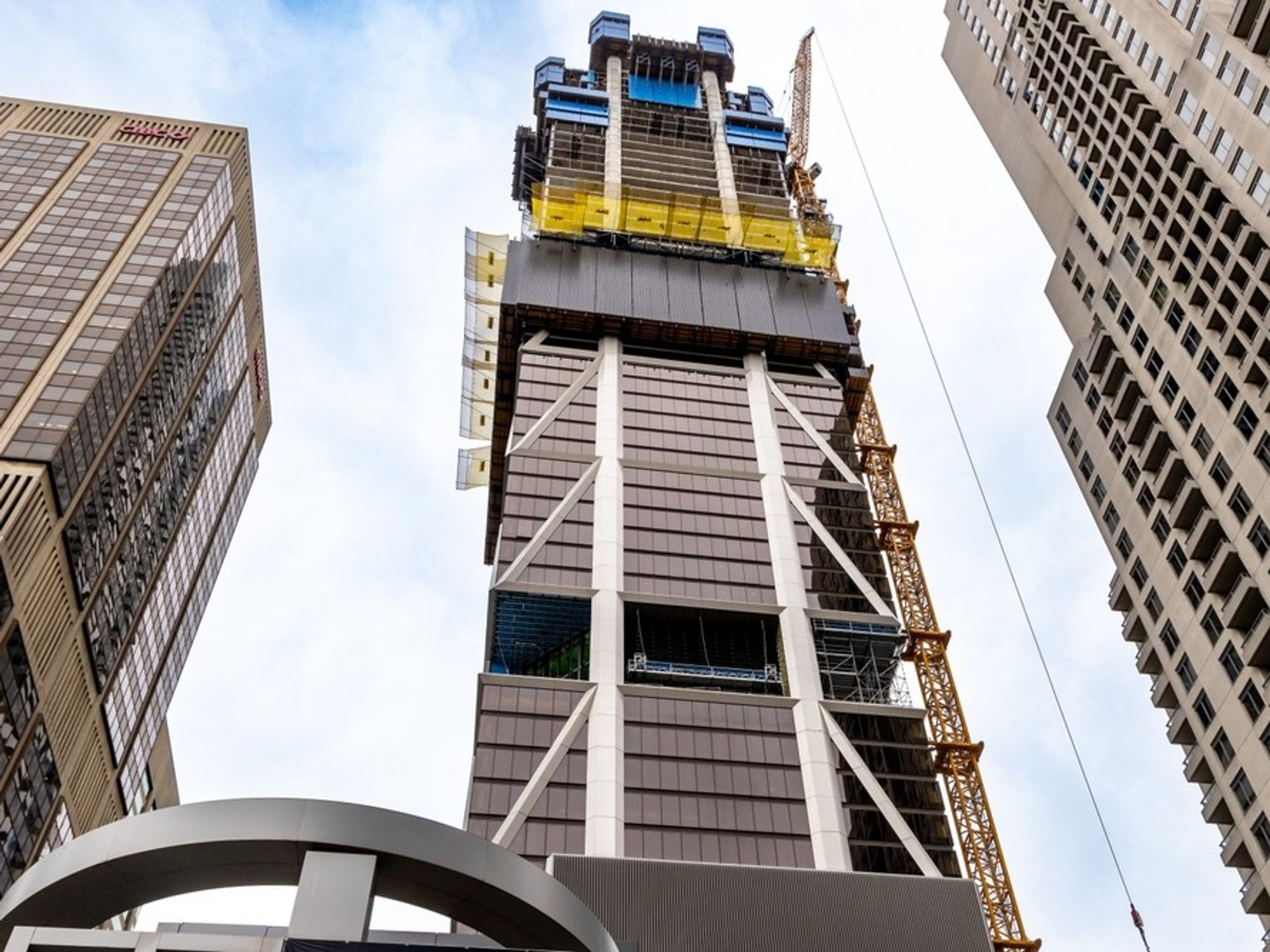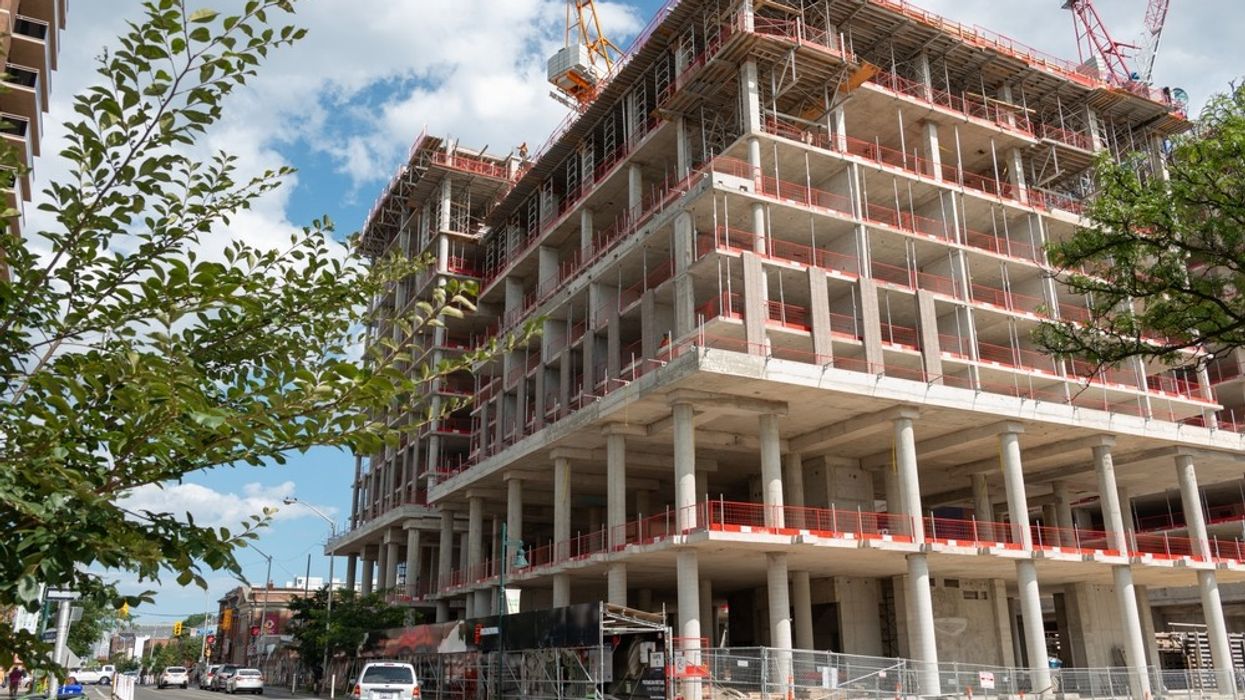“Development charges increase the cost of homes for everyone. They are a housing tax. During a housing crisis, we don’t think you should raise taxes on housing,” said Housing Minister Sean Fraser of the City of Ottawa’s decision to increase development charges by up to 13% in May.
The message, delivered by Fraser via X, is loud and clear: now is not the time to be hiking up the price of housing.
But Ottawa isn’t the country's only municipality either considering, or already acting on, similar increases. Just this year, Toronto raised development charges not once, but twice, totalling a 40% increase at a time when housing starts are significantly lagging and new home sales are at an all time low.
DCs 101
Development charges (DCs) are paid by developers to municipalities and exist to provide funds for a town or city to develop the infrastructure required for new developments to be adequately serviced. This includes things like water, sewage and gas lines, roads, and even community centres, police stations, and libraries. But many experts, developers, and even some municipalities themselves feel the charges have gotten out of control in recent years, reaching an unsustainable pinnacle over the last few months. In fact, an analysis of 27 Ontario municipalities between 2004 and 2024 found that all of them had allowed DC hikes to outstrip both the rate of inflation and the Non-residential Building Construction Price Index.
The reality of all of this is that DCs now make up a hefty amount of a Toronto home’s total cost, significantly driving up already near-record home prices — prices that are ultimately shouldered by homebuyers. For example, the DC on a single family home in Toronto is $141,139 as of September, a 993% increase from 2010 when it would have only run you $12,910. In the meantime, consumer prices have only increased 41% since 2010, according to calculations from Mike Moffat, Senior Director of Policy and Innovation at the Smart Prosperity Institute.
“It’s horrendous and it makes no sense,” VP of Clark Construction Management Marlon Bray told STOREYS. “Have things really got that much more expensive? Because [DCs] are certainly more than the CPI or the Stats Canada construction price index,” he acknowledges.
But Bray isn’t just a proponent of lowering or freezing DCs, he wants them gone altogether.
“I actually don’t agree with the whole idea of DCs in the first place,” he says. “It’s a regressive tax that’s put on the person who’s buying a new home, who then has to take out a mortgage on that, and then by the time they’re finished paying for DCs, HST, and the Land Transfer Tax, the price of the home is probably double. It just defies logic.”

Bray's issue is that the Feds and provincial governments already receive a source of housing-based income in the form of HST on home purchases. The problem, according to him, is that they mismanage it. “They take all that cash but they don’t actually give it back down to the municipalities for infrastructure, they only give less than a third of that money back,” says Bray. “They just keep the rest and put it into the general kitty. So a DC is basically a double tax on HST that’s already been paid.”
And the funds collected via DCs are equally mismanaged, Bray adds. “The challenge I have with the City’s reserves is they keep it in a bank account and get interest on it,” he explains. “We’ve got a housing crisis, we’ve got infrastructure challenges, and these municipalities are sitting upon billions of dollars.”
He’s not wrong. According to reporting from City Hall Watcher, based on Toronto Capital Variance reports, the City only spent an average of 65% of its capital budget between 2006 and 2022. As of December 2023, Toronto's total reserves and reserve funds sat at $5.3 billion.
When STOREYS reached out to the City of Toronto about the potential of lowering DCs, the City shared that in their 10-year capital budget and plan, DCs fund a total of $5.7 billion in infrastructure projects, including linear water and sewage infrastructure ($662M), the Don Mills Recreation Centre ($165M), subway capacity enhancements ($655M), and many more.
“Growth funding tools such as development charges are based on the principle that growth pays for growth,” said Russell Baker, Manager of Media Relations and Issues Management for the City. “The potential unintended implications of growth not paying for growth may include a decline in service levels as Toronto grows, a slowing of the supply of housing, the financial sustainability of the City worsening, and the long-term competitiveness and attractiveness of Toronto as a place to invest and live may be affected.”
According to the City's 2024 Corporate Asset Management Plan, the City requires $4 billion annually to "maintain the City’s non-core assets in good condition to provide their current levels of service to Torontonians." The report outlines that, since planned funding amounts to $1.4 billion per year, there exists an investment gap of approximately $2.6 billion per year.

But Bray thinks the City is collecting more than it needs. “DCs are based on a mathematical exercise of what money you need over a period of time,” he says. “I think they just throw a bunch of stuff in there to increase the values, increase the number of projects, those projects that never get built or get delayed and the money just sits in the bank account and doesn’t get used.”
Interestingly, this is the exact opposite of what the City of Burlington did right before lowering their DCs by 15% this May. Instead of sitting on revenue, they held a magnifying glass up to their DC by-law and took out large legacy projects that wouldn’t get built within their five-year timeframe.
“The building industry was overjoyed and surprised,” Mayor Marianne Meed Ward told STOREYS. “But the developers, as well as the community, have asked the same questions, which are the right ones: how did you do it, how is this getting funded, and did you just offload the cost to taxpayers? And I’m pleased to say that the answer to that is no.”
Ward, whose children are in their 20s — a cohort that is facing some of the largest barriers to homeownership — says the issue was very important to her. “The end user pays for [DCs] ultimately, so it’s really about thinking about those folks,” she says.
So when Burlington City Council convened in May, they took a hard look at projects that had been sitting in their DC by-law for years and identified three major developments that were not approved and wouldn’t be realised in the five-year window. “We asked ourselves, why should those projects remain in our budget?” said Ward. “We’re not going to collect reserves to sit in a bank somewhere for some future potential project that has sat on the books for a long time and hasn’t advanced.”
It would take a massive overhaul for DCs to be eliminated entirely, but for Burlington at least, lowering costs for developers, and ultimately regular homebuyers, was as simple as shelving some dead weight — all without cost to the taxpayer or to future infrastructure growth. And Mayor Ward thinks other cities should follow suit.
“I would encourage other municipalities to take a sharp pencil to their DC by-law and look for any of those projects that are iffy, because they can probably trim their cost as well,” she told STOREYS. “We ask developers to sharpen their pencils, and they should expect governments to do the same.”
- Toronto Condo Development Fees (Quietly) Increased On June 6 ›
- Taxes, Fees, And Levies Keep The Cost Of Homebuilding From Adding Up ›
- Inflation Cools To BoC Target, Igniting Calls For 50-Bps Rate Cut In October ›
- Gap Between GTA Population Growth And Housing Stock Hits 50-Year High ›
- Gord Perks On Toronto's Housing Affordability Crisis ›
- Gord Perks On Toronto's Housing Affordability Crisis ›
- Toronto's 10-Year Economic Plan Targets Housing, Transit ›
- Mississauga Lowers Development Charges By Up To 100% ›
- Toronto To Freeze Development Charges Ahead Of May Increase ›





















